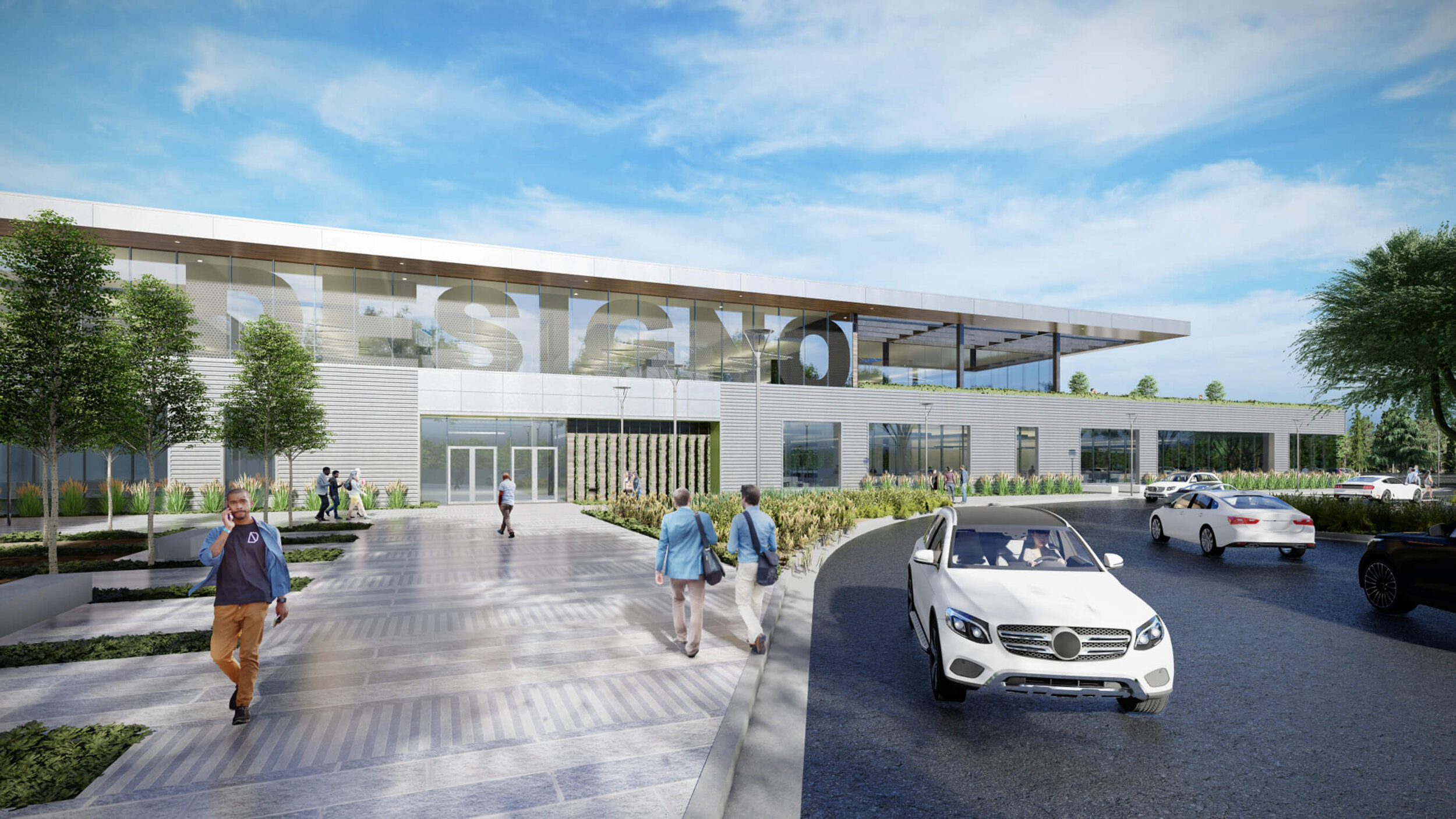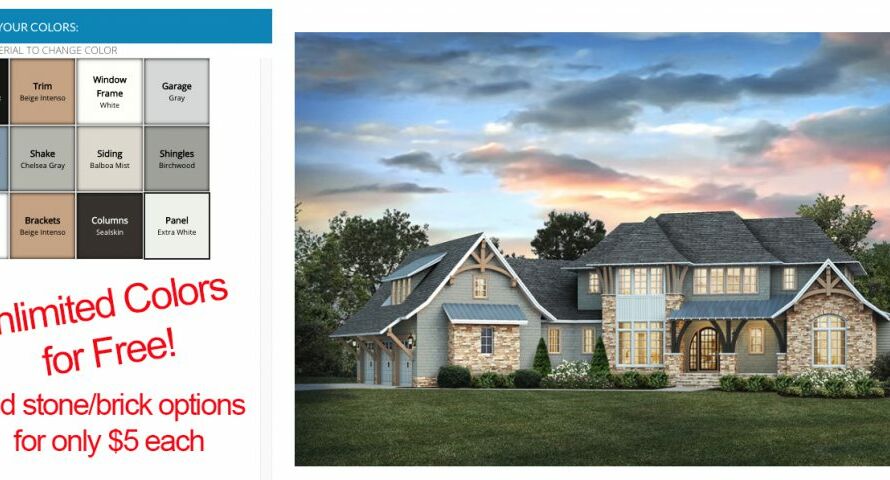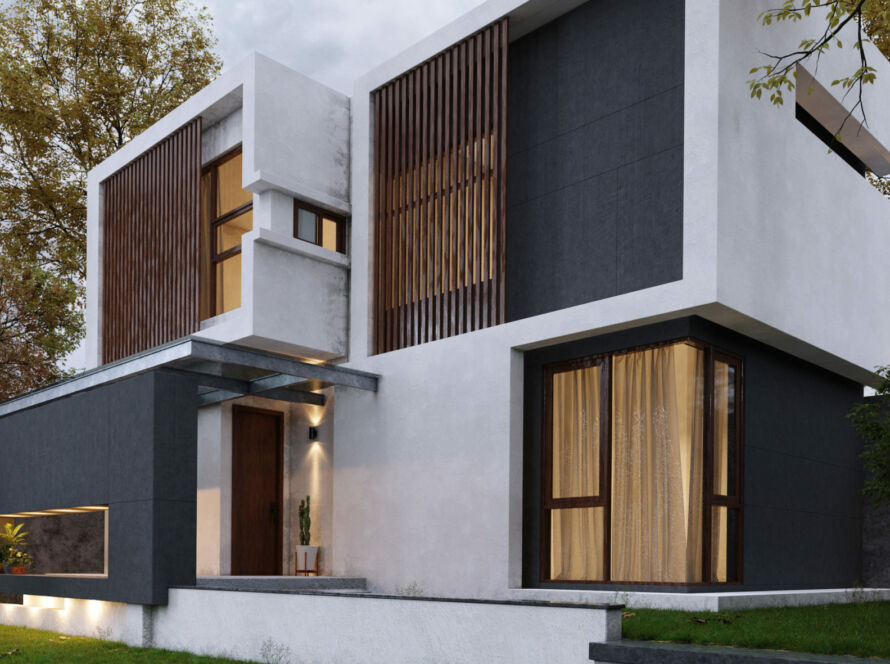Architectural renderings are more than just technical drawings – they are visual storytelling tools that help architects, developers, and designers communicate their vision for a space. To effectively convey that vision, every element of a rendering must be carefully considered, including the background.
What is background for architectural rendering?
Architectural rendering is the process of creating two-dimensional or three-dimensional images of a building design to communicate its form, space, and details. It is an essential tool for architects, interior designers, and developers to visualize and present their designs to clients, stakeholders, and the public.

The history of architectural rendering dates back to the early days of architecture, when hand-drawn sketches and watercolor paintings were used to communicate design ideas. With the advent of computer technology, the field of architectural rendering has evolved rapidly, allowing for greater detail, accuracy, and flexibility in the creation of images. Today, architectural rendering software and tools allow designers to create highly realistic, interactive, and immersive representations of their designs.
Architectural rendering serves several purposes, including helping architects and designers to explore and refine their designs, allowing clients and stakeholders to understand and visualize the finished building, and providing a visual representation of the building for marketing and promotional purposes.
enefits background for architectural rendering?
The benefits of architectural rendering include:
- Visualization: Architectural rendering enables architects and designers to visualize their designs and present them to clients and stakeholders in a clear and compelling way.
- Design Exploration: Renderings can be used to experiment with different design options and make changes early in the design process, saving time and resources.
- Communication: Renderings can help to communicate complex design ideas to clients, stakeholders, and the public, making it easier for everyone to understand the final product.
- Marketing and Promotion: Renderings can be used to market and promote a building or development, attracting potential buyers and tenants.
- Problem Solving: Renderings can help architects and designers identify potential problems with their designs and make changes before construction begins, avoiding costly mistakes.
- Virtual Reality: The use of virtual reality (VR) in architectural rendering can provide an immersive experience, allowing clients and stakeholders to experience a building design before it is built.
- Cost Savings: By reducing the need for changes during construction, architectural rendering can help to save time and money in the long run.
- Sustainability: Renderings can help to demonstrate the environmental impact and sustainability of a building, encouraging more sustainable design practices.

These benefits highlight the importance of architectural rendering in the design and construction of buildings, providing architects, designers, and clients with a powerful tool for creating, communicating, and visualizing their designs.
Setting the Stage: Understanding the Role of Backgrounds in Renderings
The background in an architectural rendering serves as a backdrop to the structure being depicted. It provides context, enhances the visual impact of the design, and can even influence the perceived scale and atmosphere of the space.
In some cases, the background may be purely decorative, serving to add a sense of depth or interest to the image. In others, it may play a more functional role, helping to illustrate how the building will fit into its surroundings or showing how it will be used.
Regardless of its intended purpose, the background must be carefully crafted to support the overall goal of the rendering and to effectively communicate the architect’s vision.
Painting the Picture: Selecting the Right Background for Your Rendering
When selecting a background for an architectural rendering, it’s important to consider both the aesthetic and functional aspects of the design. Here are a few factors to keep in mind:
- Location: The background should accurately reflect the location where the building will be situated. This might include natural features such as mountains, trees, or bodies of water, as well as man-made elements like neighboring buildings or roads.
- Lighting: The lighting in the background should complement the lighting in the building being depicted. For example, a bright, sunny day might be appropriate for a beachfront property, while a dramatic sunset might be better suited to a luxury hotel.
- Scale: The background should help to convey the scale of the building being depicted. For example, including nearby structures can help to give a sense of the building’s size in relation to its surroundings.
- Atmosphere: The background should help to establish the desired atmosphere of the space. For example, a peaceful park setting might be appropriate for a residential development, while a bustling cityscape might be better suited to a high-rise office building.

Bringing the Vision to Life: Techniques for Crafting the Perfect Background
Once you’ve selected the right background for your rendering, it’s time to bring it to life. There are a variety of techniques you can use to create a compelling and convincing background, including:
- Photorealism: To create a photorealistic background, you can start by taking photographs of the actual location and then manipulating the images to fit your design. You can also use 3D modeling software to create a realistic representation of the surroundings.
- Illustration: For a more stylized look, you can use illustrations or paintings as the background. This technique can be especially effective if you’re creating a conceptual rendering that doesn’t need to be strictly accurate.
- Texture: Adding texture to the background can help to add depth and interest to the image. This might include textures like clouds, water, or trees, as well as abstract patterns or textures that complement the overall aesthetic of the rendering.
- Colour: The use of color can be a powerful tool in creating a memorable and impactful background. Choose colors that complement the building being depicted and support the desired atmosphere of the space.
A Picture is Worth a Thousand Words: The Power of a Strong Background
When done well, the background in an architectural rendering can be a powerful tool for communicating a vision and inspiring excitement about a space. So take the time to carefully consider and craft the perfect background for your next rendering, and watch as your vision comes to life before your eyes.
Conclusion
In conclusion, the background in an architectural rendering is a crucial element that can make or break the success of the overall design. By considering factors such as location, lighting, scale, atmosphere, and utilizing techniques like photorealism, illustration, texture, and color, you can create a background that effectively supports and enhances the building being depicted.






